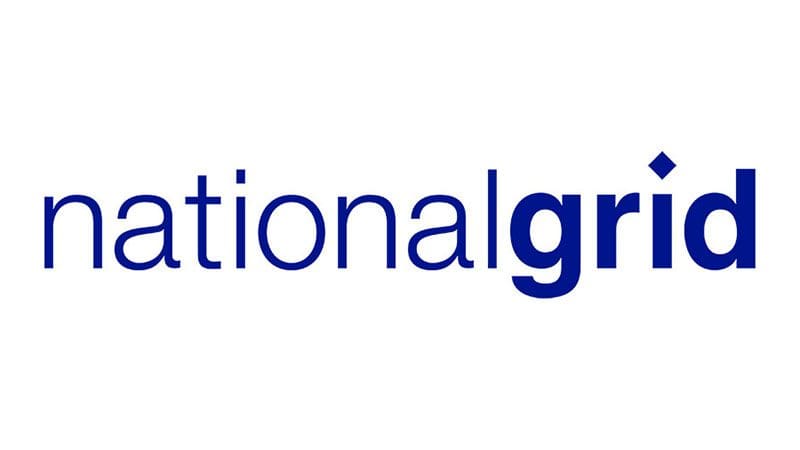National Grid’s Winter Outlook Report this year shows a de-rated capacity margin of 4.8GW or 8.3% of 58GW demand (p7). This looks healthy, though neighbouring countries’ grids target 10-15% margin. But there are a number of concerns with it:
- De-rated margin is a statistical average of output. Rather than an average of actual output divided by 100% of nameplate capacity (which would be about 40% for offshore wind), they have more conservatively used “equivalent firm capacity” of 16%. Sensible as this appears, it still doesn’t allow for actual, predictable times when they won’t be generating any – for example, after sunset on a windless winter evening. This accounts for around 6GW of generation – 25% more than the entire supply margin.
- About 10GW of de-rated generation capacity is “other”, i.e. not nuclear, thermal (i.e. power stations), renewables, storage or imports. It is unclear what it represents, and no explanation or data are provided. If it’s demand-side response, then this is short-duration energy that can only be used once per period; it cannot therefore be relied upon for an entire evening peak.
- This margin assumes in-flows of 2.8GW from interconnectors to the continent (p12). This assumes that our neighbours (a) have enough to export and/or (b) stick to their contracts. Because “times of system stress” (low renewable generation and/or high demand) are largely concurrent between Britain and our neighbours, both assumptions are rash:
- One interconnector, for example, is 950MW from Belgium whose explicit strategy during such “times of system stress” is rolling brown-outs. Amusingly (in a sad way), this first hit the headlines across Europe just a fortnight before National Grid announced that the new interconnector to Belgium would resolve our supply issues.
- And Brexit not only removes us from the Single Market and the jurisdiction of the European Court of Justice, but actually gives a political imperative to neighbouring grids to cut us off: can you imagine (for example) EDF telling the French government that a black-out in Paris occurred because they could earn a few million Euros exporting to the UK the energy they needed?
Therefore the supply margin drops to minus 4-14GW (-7% to -24%) depending on whether “other” generation is included.
Large-scale long-duration storage is needed to tide us through. It would also provide the inertia needed for grid stability, and could provide the black start capability that the grid increasingly lacks – much more reliably and cheaply than distributed systems.


